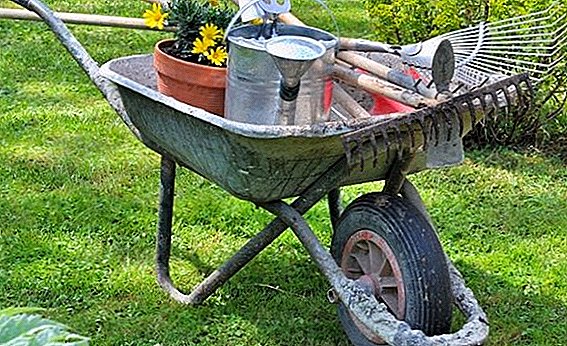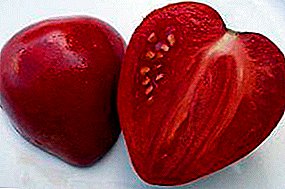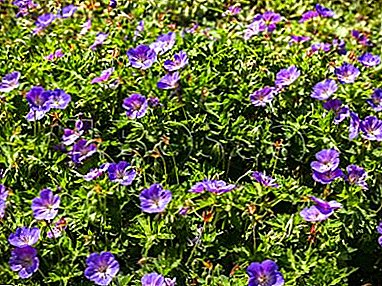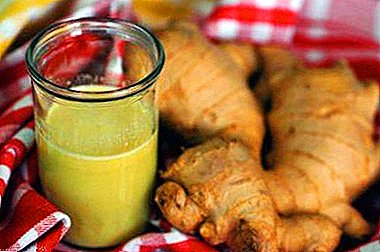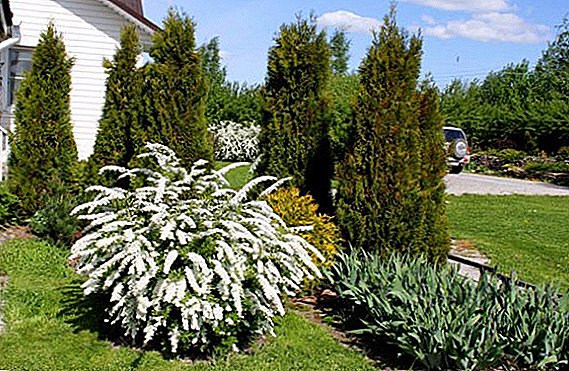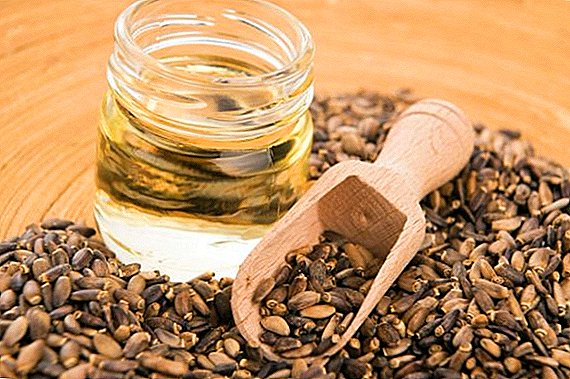
Kalanchoe - a unique plant that combines at the same time a great decorative appeal with very extensive useful, healing properties.
"Kalanchoe" It sounds quite unusual for Slavic peoples, because the Chinese gave the name to the flower.
Kalanchoe belongs to the family of Crassulaps.
This family name was chosen for a reason: all its members are distinguished by fleshy leaves and dense, juice-filled stems.
In the natural habitat is therapeutic Kalanchoe can be found in Africa and Madagascar. Plant highly unpretentiousIt grows even on stony slopes.
Even newbies can grow it at home. With all its unpretentiousness in the care, Kalanchoe is indispensable for the prevention and treatment of many diseases.
Used varieties
Scientists know more than 200 species. Kalanchoe. Most plants have only a decorative value, so flowering varieties do not have healing properties. Medical types:
- Cirrus;
- Degremona.
They contain a lot of organic acids, microelements, vitamins. Useful properties of the plant are used not only in folk practice of treatment.
Doctors often use medicinal properties Kalanchoe in the treatment of a variety of diseases.
Appearance

Cirrus in its natural habitat reaches a rather large size: up to 1 meter in height. At home, the plant is smaller, however, no less beautiful and can bloom profusely in the second year of life.
Have Cirrus soft, upward stem is surrounded by growing opposite leaves. The leaves are fleshy, oval-shaped, pinnate at the ends. The medicinal plant blooms in soft pink or white inflorescences.
At Degremona, the leaves have an ovoid, very elongated shape. Sometimes the halves of a leaf even fold along the midline. The leaves are quite long, in nature grow up to 20 cm.
The plant is gray-green, on the lower part of the leaves are purple spots.
A photo



Plant characteristic
For therapeutic purposes, the aerial part of the plant is used: the stem and leaves.
More than 90% of the total mass plants are the juice.
Composition:
- organic acids;
- vitamins C and P, as well as many others;
- flavonoids;
- tannins;
- mineral salts;
- micro and macronutrients;
- polysaccharides.
Healing (healing) properties of the flower.
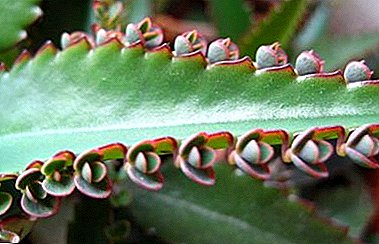 It cleans wounds from pathogenic microorganisms, slows their growth and reproduction.
It cleans wounds from pathogenic microorganisms, slows their growth and reproduction.- Reduces inflammatory processes.
- Stops bleeding.
- Cleans affected skin from dead tissue.
- Quickly restores the upper layers of the skin after damage.
For all its merits, Kalanchoe is also slightly toxic, does not cause irritation of the mucous membranes.
Popular use
Most useful properties The plants were initially noticed by not the doctors at all, but by the most ordinary people who grew Kalanchoe (a surgeon without a knife), and they used it as a medicine.
For home treatment, fresh juice is used: it is extracted from the fleshy leaves of the plant and stem.
When processing Kalanchoe, with the purpose of application for medicinal purposes, it retains many useful properties, and the prepared medicines are stored for a long time.
From the leaves of the plant make alcohol tinctures.
Ointments are prepared mainly from the juice.
Crushed leaves help in the removal of warts.
In the people it is believed that a few sheets eaten can fully restore strength, to restore the courage.
Kalanchoe helps cope with stress and seasonal depression.
Treatment
The health benefits are undeniable. In medicine with his helpare being treated many diseases. What exactly Kalanchoe cures and how to apply it:
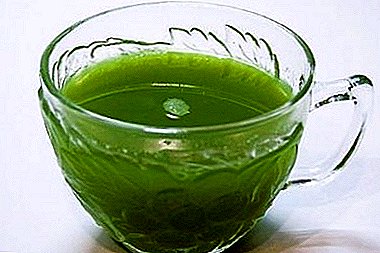 Rinsing with juice diluted in water helps with inflammation of the throat, tonsillitis. And also it perfectly helps in the treatment of angina.
Rinsing with juice diluted in water helps with inflammation of the throat, tonsillitis. And also it perfectly helps in the treatment of angina.- Lotions of plant pulp help heal faster purulent wounds, leg ulcers and burns.
- Regular use of juice treats gastritis and gastric ulcer, reduces pain.
- Application will help with inflammation of the eyes (conjunctivitis and blepharitis) treated by instillation of Kalanchoe juice.
- Tampons soaked in the sap of the plant, reduce erosion, promote healing of tears, obtained by a woman during childbirth.
- The action of juice reduces inflammation in the urinary system.
- Regular instillation of the nose with the sap of the plant helps to cure both the common cold and sinusitis.
- Juice treat inflammation of the ears.
- With regular facial wiping with juice, acne disappears, skin oily skin decreases, pores are reduced.
Contraindications
Kalanchoe also has contraindications.
Kalanchoe can harm the body only by self-medication.
Very often, people make mistakes in determining the diagnosis, may take allergies for common acne.
 In this case, taking juice can only aggravate allergies.
In this case, taking juice can only aggravate allergies.
In children when bruising the eyes or nose with juice mucous membranes can inflame.
Consumption along with dairy products can lead to severe frustration.
Particular care should be taken to weigh the balance between risk and health benefits for people who have cirrhosis of the liver, hepatitis, diabetes mellitus, glomeru-nephritis, rheumatism, low blood pressure. Do not use for malignant tumors.
Doctors do not recommend the use of drugs containing kalanchoe during pregnancy.
Kalanchoe more than one century is widely used in traditional medicine. However, it should be understood that Kalanchoe It has not only medicinal properties, but also has contraindications. Therefore, any treatment should be carried out only after consulting a doctor.


 It cleans wounds from pathogenic microorganisms, slows their growth and reproduction.
It cleans wounds from pathogenic microorganisms, slows their growth and reproduction. Rinsing with juice diluted in water helps with inflammation of the throat, tonsillitis. And also it perfectly helps in the treatment of angina.
Rinsing with juice diluted in water helps with inflammation of the throat, tonsillitis. And also it perfectly helps in the treatment of angina.
